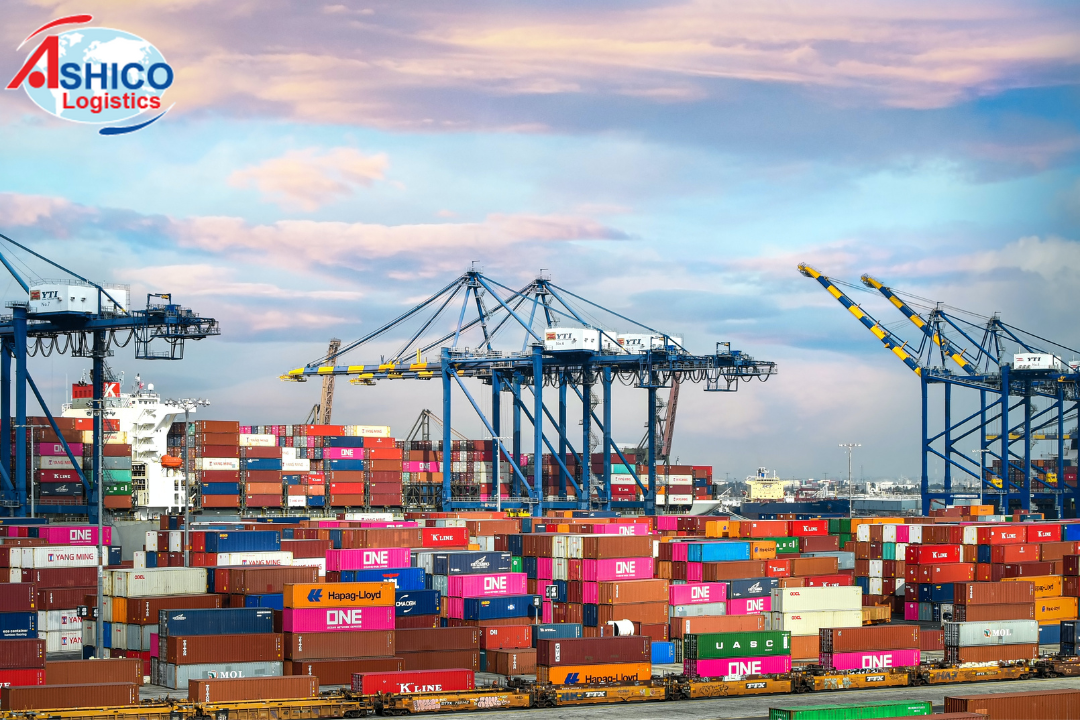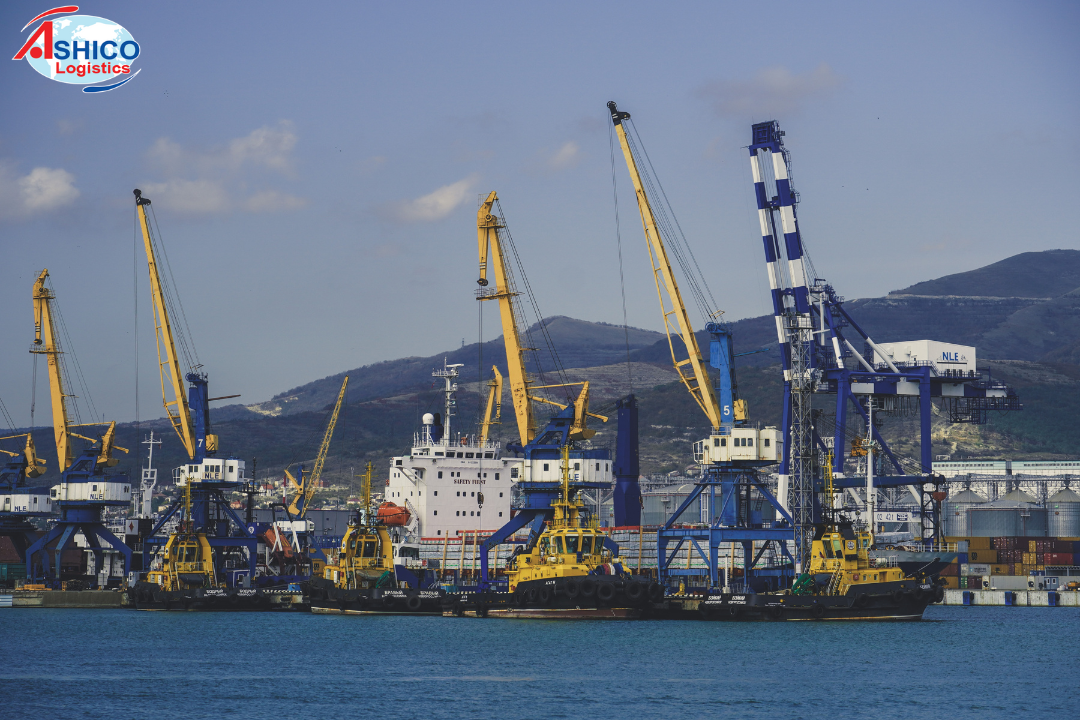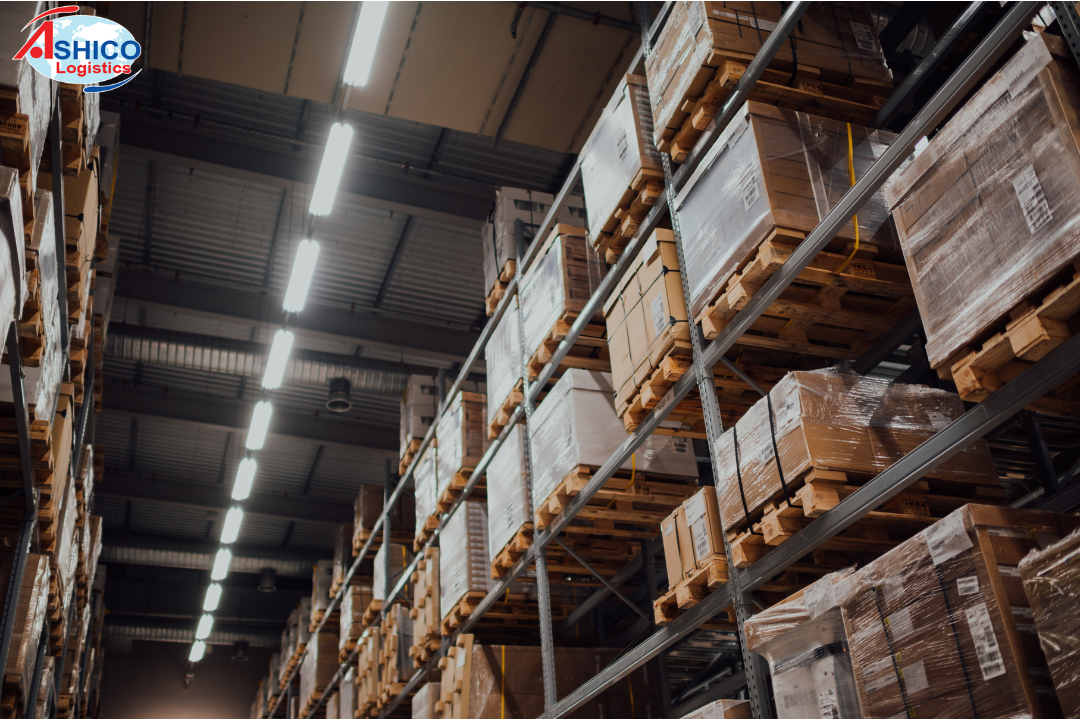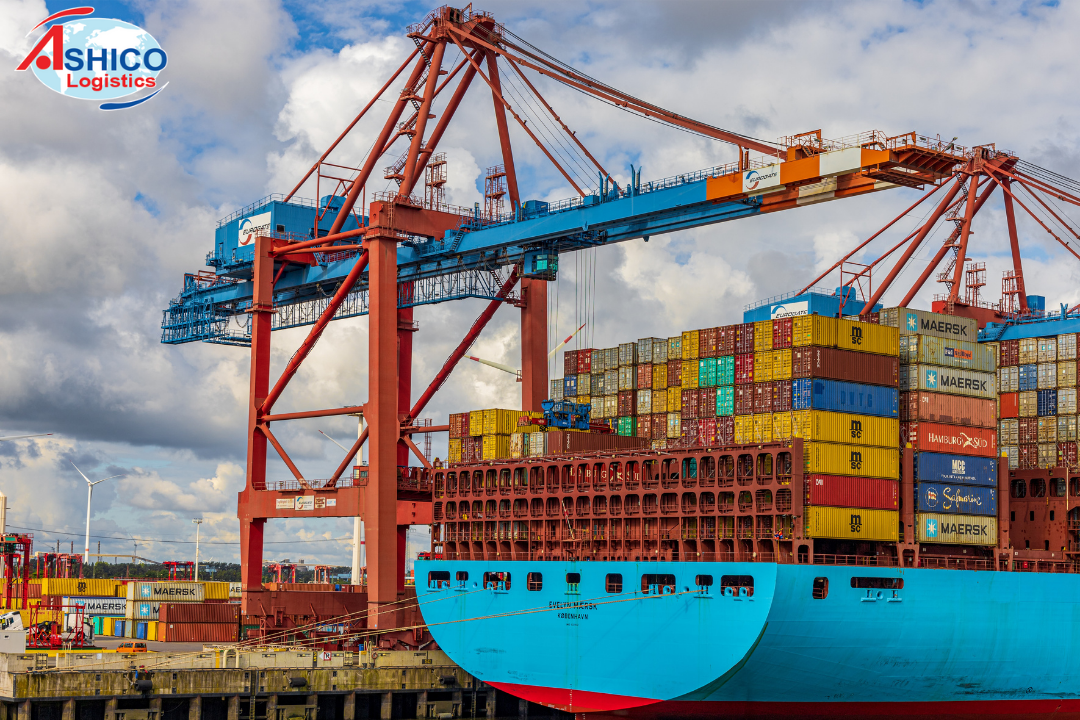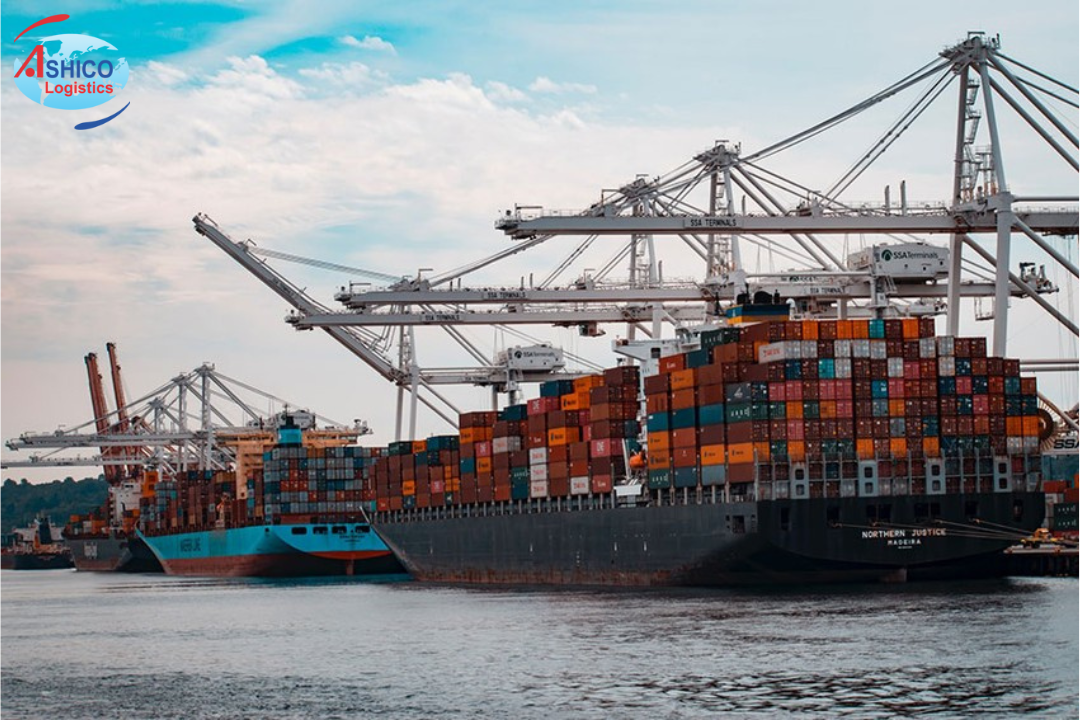
Container transport slows down due to inflation
In the context that the global economy is facing high inflation, the shipping market tends to calm down.
It is forecasted that container shipping will record a record high profit growth in 2022. However, the demand for freight is tending to slow down due to the impact of high inflation. Therefore, it will be difficult for the shipping industry to maintain a strong increase in the second half of the year.
At the beginning of 2022, the prospect of the container shipping sector comes from a spike in freight rates. Entering the last 6 months of the year, that outlook has changed although many factors remain the same such as high freight rates, supply chain congestion, plus the traditional peak season in the third quarter. According to Lloyd's List, the shipping industry still maintained huge profits throughout the year, but no longer grew at its peak.
For example, the Shanghai Container Freight Index (SCFI) has fallen back to the level of June 2021, while the Drewry World Container Shipping Index (DWCI) is now below 10. % Compared with the last year.

Shanghai Container Freight Index (January 2018 – June 2022). Source: Lloyd's List
Container trade statistics show that demand for container shipping is also showing signs of a slight decline, with volumes as of April 2022 down 5.6% year-on-year.

Container shipping volume (2020-2022). Source: CTS
The geopolitical conflict between Russia and Ukraine affects the global economy, in which container shipping is not outside the influence. Sanctions against Russia have sent energy prices soaring, with the dual effect of increasing operating costs leading to soaring inflation.
When consumers feel inflation clearly, the demand for shopping will decrease significantly, thereby slowing down the demand for shipping container goods.
Meanwhile, carriers and ship owners are racing to expand new tonnage for cargo ships. Lloyd's list says there will be an additional 7 million TEUs of capacity on order in 2023, accounting for 30% of existing fleet capacity, while forecasting demand growth over the next few years is around 3%.
If this coincides with a reduction in congestion, which currently accounts for 10%-12% of capacity, then the specter of overcapacity will re-emerge, at least in the short term.
Furthermore, in the US, the passage of the Shipping Reform Act 2022 (OSRA22) has once again brought the behavior of carriers into the spotlight to lower shipping costs. Shipping lines, ship owners may face more legal pressure in the near future.


